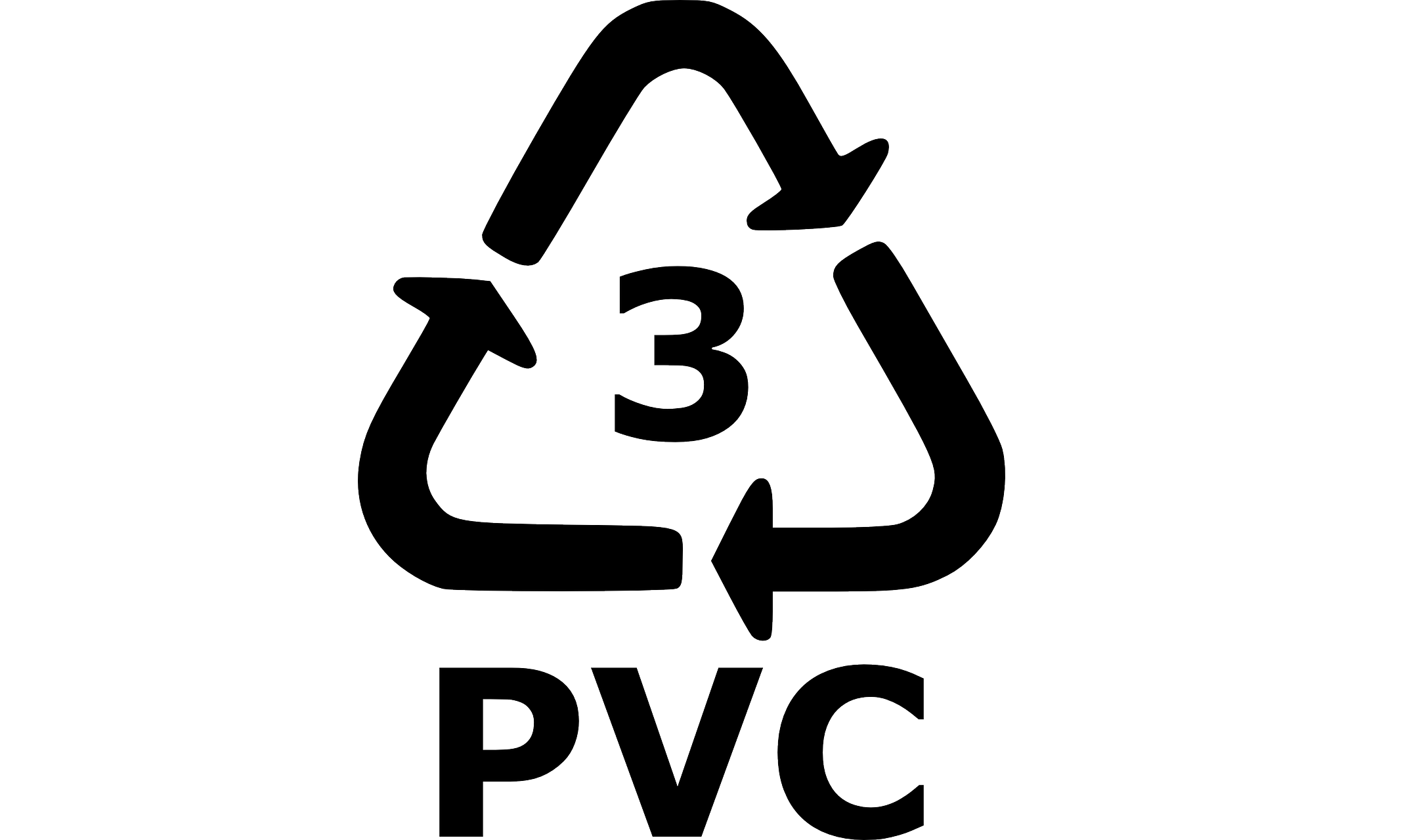Recycled PVC cards represent, together with degradable PVC cards, a more sustainable alternative to standard PVC cards. PVC has advanced mechanical recycling properties and can be recycled up to eight times.
The PVC, polyvinyl chloride, if incinerated releases dioxins and other organochlorines into the atmosphere. In the Green Paper ‘Environmental Issues of PVC’ presented in Brussels by the European Commission in June 2000, we read: ‘Upon incineration, PVC waste generates hydrochloric acid (HCl) in the flue gas, which needs to be neutralised.’ Hence the need to put a less polluting alternative on the market.


Recycled PVC
The VinylPlus programme - founded in 2011 for the sustainable development of PVC, which brings together around 200 partner companies representing the entire value chain (converting companies, producers of raw materials and additives, recyclers) - introduced the definition of recycled PVC, which is obtained from PVC scrap.
How is the recycled material produced? Companies certified according to ministerial regulations to recycle plastic collect scrap — clippings or defective sheets, for example, in the case of cards — from manufacturing companies.
This is pure PVC, which, after being sorted by colour and characteristics, is completely cleaned of any additives, such as magnetic stripes or processing parts, and ground again. The resulting granules are melted to produce a ‘slurry’ that is fed into calenders, large machines equipped with temperature-controlled cylinders that create PVC sheets. The resulting film is eventually resold to the original producer, who uses it to create new cards.
PVC has advanced mechanical recycling properties and can be recycled up to 8 times depending on the application, since this process does not affect the polymer molecular chain.
The European Union’s action plan for the circular economy encourages recycling of this material, given the wide availability of PVC scrap and the major advantages of its recovery.
From an ecological point of view, the use of a material that has already been produced saves further petrochemical resources, which are necessary to produce the polymer from scratch.
Added to this are energy savings — since the recycling process requires minimal energy — and emission savings, as well as a reduction in landfill waste.
Which are the changes from a technical point of view?
From a technical point of view, recycled PVC retains the same characteristics as the standard material:
- printability;
- durability;
- flexibility;
- high chemical resistance;
- optimal temperature resistance;
- electrical insulation;
- impermeability.
Through its Research and Development team, Partitalia, a leader in the smart card market since 2003, is constantly searching for innovative materials — via technical laboratory and eco-compatibility tests — to develop products that meet customer needs with respect for the planet.


